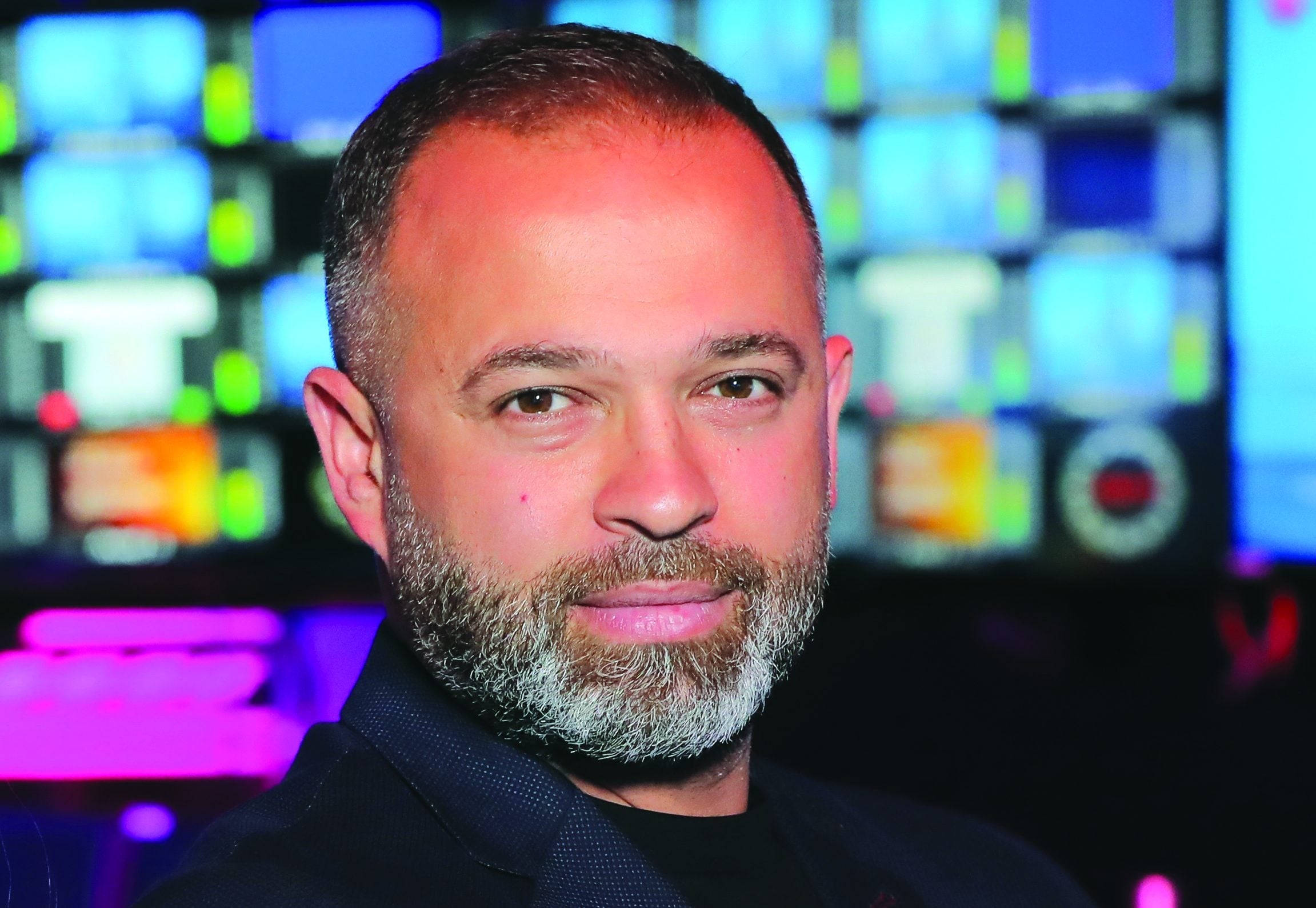By Andre Youssef, chief adex officer, Ipsos
Despite out-of-home (OOH) advertising being one of the oldest forms of advertising, recent technological changes and the growth in customer awareness necessitate a re-evaluation of advertising strategies. Impact, reach, brand recall and various KPIs come in handy when it comes to data-driven strategies, and this is where the technology comes in for optimisation and effectiveness.
Today, consumers are smarter and more informed than they were 30 years ago. Thus, simply repeating an advertisement in the same location to the average person is no longer a viable strategy for return on investment. To keep the spirit of advertising alive, advertisers will need to incorporate technology and customer preference within their advertising model. Previously, OOH advertising had targeted a broader audience to gain access to specific demographics; however, with the existence of OOH audience measurement, media players are now capable of reaching target customers whenever and wherever brands want to reach them in the future.
OOH audience measurement is essential in the United Arab Emirates, given the number of billboards that line the highways and roads. Data has become the foundation of a successful campaign because it allows brands to gain a comprehensive understanding of their customers, their behaviours and needs. Furthermore, brands will analyse and leverage a large amount of data without wasting advertising budgets or time, resulting in a thorough understanding of their customers.
An accountable measurement offering provides data such as total impressions, impact, reach, frequency and GRP. This is now available in the UAE. But how is this done? The value of measuring OOH locations is to get data on all levels, such as formats, networks, circuits and standalone locations on both static and digital formats. According to our data – which is representative to the population and 15,000 faces measured in the UAE’s three major cities – there is a total of 7,439,608,368 impact (number of cars or people who had an opportunity to see an ad) from total impressions of 35,101,803,579 (number of cars or people who passed by an ad) monthly, and the total reach on outdoor is nearly 91 per cent.
Today, the majority of clients are data-driven. Therefore, when an OOH campaign is planned and booked, the client would like to know how many people passed by or interacted with an ad to evaluate the performance of the planned media strategy. The goal is to deliver post/pre campaign evaluation to determine how many individuals are expected to notice or see it. For instance, In digital OOH, when the advertiser buys a slot in a loop, if the dwell time is short enough to notice the advertisement, buyers may choose faster repetitions to reach a larger audience. If it is longer, they may want to have a larger buffer.
OOH audience measurement employs cutting-edge technology to strengthen brand/consumer bonds and improve campaign targeting to obtain return-on-investment analysis. It is fully supportive for media agencies and suppliers when working on their media planning and buying ecosystem, and this happens when audience measurement is done in the right way. With precise data and a reliable measurement system that agencies and brands could use, media planners now have a key solution in justifying their overall plans with a more accurate count of likely-to-see impressions, and not an overinflated number of cars and pedestrians walking by. Moreover, impressions data could be segmented to reflect reach and frequency based on target audience.
Delving into the technicalities, there are many possible data sources from where to collect insights and measurements. Each data set has an additional value but also has its limitations. Therefore, we combine various sources of data for accuracy and timeliness. Third-party data sources provide general behaviour, and this sort of data – whether it is taken from telco companies or mobile-SDK (software development kit) data – is very good for understanding macro-level activity, but it is not enough. More nuanced behaviour and movement are only understood via first-party data tracking and absolute-count sources, which are ideal for identifying micro-level activity, allowing for understanding of true volumes, frequency and profiling of people.
The value of data measurement in OOH advertising allows us to determine who, where, and how audiences are reached. It is no secret that OOH has long struggled against other media that can provide more specific, granular measurement. However, with the rise and development of OOH measurement tools, data and KPIs have become more sophisticated and will continue to rise.
OOH is increasingly becoming the channel through which brands can reach many people quickly and consistently when identifying patterns of travel throughout the day, as people spend most of their time outside their homes.










